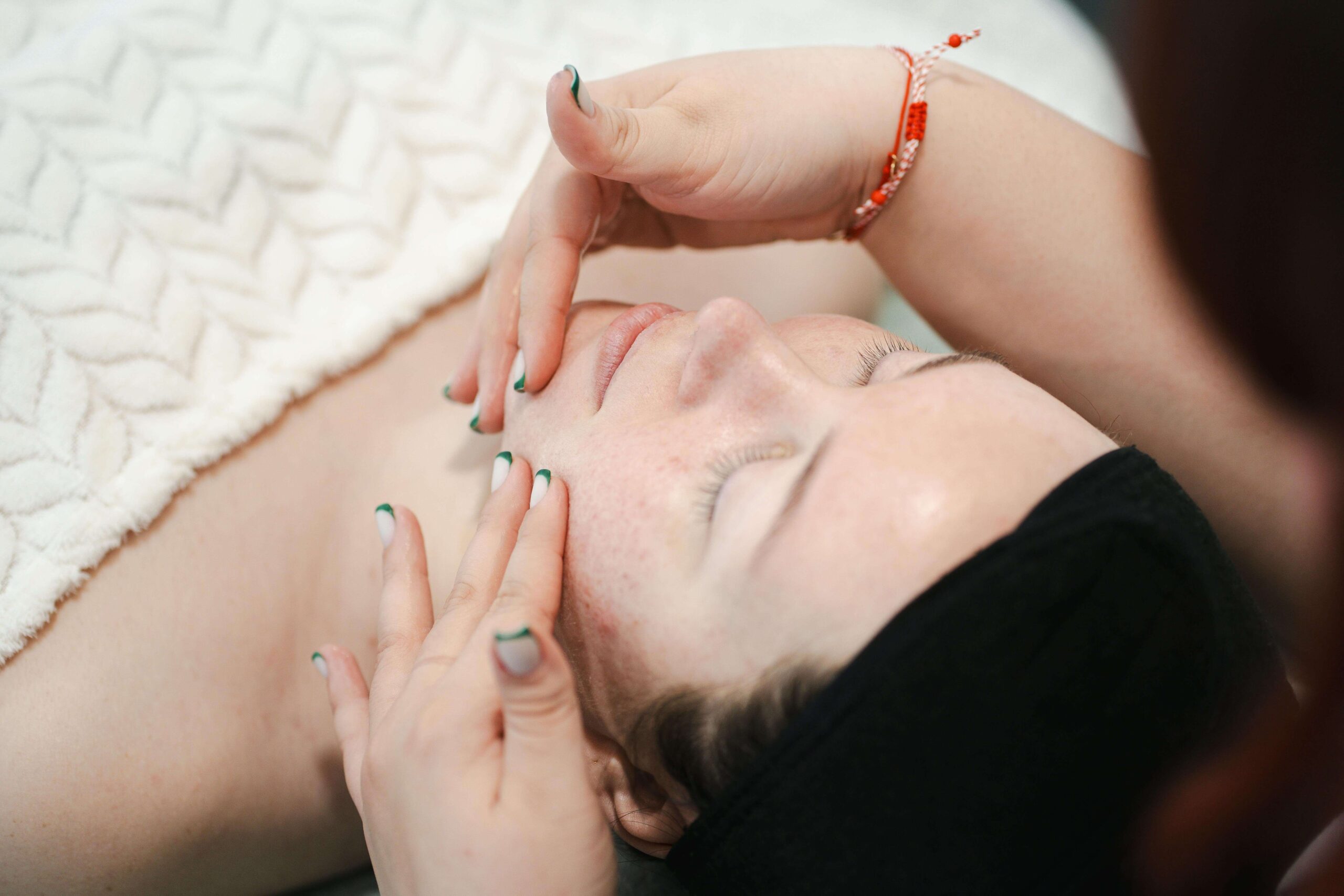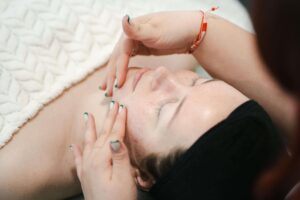Welcome to our complete guide on getting rid of bird mites. These tiny pests are a big problem because they threaten our health and our pets’. Found in cities, it’s crucial to tackle bird mite problems for your home’s clean and comfortable feeling. With more people facing these issues globally, knowing how to remove bird mites quickly is key. This guide shows how to do just that, keeping your living space safe and healthy.
Table of Contents
ToggleKey Takeaways
- Bird mites can cause discomfort and health issues in homes.
- Prompt action is necessary for effective bird mite extermination.
- Understanding the signs of an infestation is critical for successful intervention.
- Utilizing both physical and chemical treatments is often the best approach.
- Preventive measures can significantly reduce the risk of future infestations.
Understanding Bird Mites: The Basics
Bird mites are tiny creatures that feed on bird blood. They can bite humans too, causing itchiness. It’s important to know about their life stages, common types, and how to control them.
What are Bird Mites?
Bird mites are small, wingless insects living mainly on birds. They are part of the Dermanyssidae family. Often found in nests, they feed on the blood of young birds. While they have a role in nature, they can be a problem when they enter our homes looking for food.
Life Cycle of Bird Mites
The life cycle of bird mites includes eggs, larvae, nymphs, and adults. A female mite lays eggs in bird nests which hatch in days. The eggs turn into larvae, then nymphs, and finally adults. This quick cycle means bird mite numbers can grow fast, leading to infestations.
Common Species of Bird Mites
There are many bird mite species, but the Northern Fowl Mite and Bird Mite are well-known. Though they differ in behavior and living spaces, all can harm birds and people. Quick identification helps in controlling these mites effectively.
| Species | Common Hosts | Effects on Humans |
|---|---|---|
| Northern Fowl Mite | Poultry | Skin irritation, itching |
| Bird Mite | Various birds | Redness, discomfort |
Signs of a Bird Mite Infestation
Detecting a bird mite infestation is very important for everyone. Spotting the signs early helps a lot in stopping bird mites. It also helps avoid any health problems they can cause.
How to Identify Bird Mite Bites
Bird mite bites show up as small, red, itchy spots on your skin. People might react differently, from just a little irritation to very bad allergic reactions. The main signs of bird mite bites are:
- Itching: The bites are very itchy.
- Redness: The skin around the bites becomes red and inflamed.
- Swelling: The area of the bite might swell up a lot.
If you notice these symptoms, check places where birds might live near you.
Visual Indicators of Infestations
There are visual signs that can show you have bird mites. You should look for:
- Mite Droppings: You might see tiny black dots that look like pepper. These are usually found where birds like to hang out.
- Live Mites: Tiny bugs moving around, especially near where birds nest.
- Feathers and Debris: Finding feathers can mean birds are around, which might bring mites.
Finding these signs early is crucial. It helps stop bigger problems and health issues from bird mites.
The Importance of Bird Mite Removal
Getting rid of bird mites is key for comfort and health. Knowing the health dangers they bring is crucial near bird areas. They can cause health problems for people and pets. Quick and effective removal is necessary to avoid these issues.
Health Risks Associated with Bird Mites
Bird mites cause itching and redness. They can also spark allergies, leading to serious issues like breathing problems. People with asthma find this especially troubling. The stress from mites can also make homes less comfortable.
The Impact on Home and Pets
Bird mites make homes stressful places to live. Pets can get skin problems and act differently. Removing these mites quickly helps keep everyone, including pets, happy and healthy.
| Health Effects | Impact on Pets | Home Conditions |
|---|---|---|
| Skin irritations | Allergic reactions | Increased anxiety |
| Respiratory issues | Behavioral changes | Uncomfortable living environment |
| Infections from scratching | Scratching and biting | Stress for residents |

Effective Bird Mite Removal Techniques
Getting rid of 除禽螨 involves physical and chemical methods. Knowing both ensures a thorough approach to remove them from your area.
Physical Removal Methods
Physical methods offer quick relief from these mites. You can significantly lower their numbers by:
- Vacuuming: Frequently clean areas where birds spend time. Always throw away the vacuum bag right after to avoid mites coming back.
- Washing Infested Items: Hot water must be used to clean bird bedding, toys, and fabrics. Heat kills mites efficiently.
- Steam Cleaning: A steam cleaner helps in killing mites in carpets and furniture. The steam reaches deep, killing hidden mites.
Chemical Treatments for Bird Mites
Chemicals boost the physical removal of bird mites. Picking the right insecticides for mites is key. Here are important tips:
- Product Selection: Choose insecticides made for bird mites. Permethrin and pyrethrins are good options.
- Application: Always follow the directions on the label. Spray in infested spots for maximum effect.
- Safety Precautions: Wear protective gear when using chemicals. Make sure the area is well-ventilated to prevent breathing in the insecticide.
Bird Mite Control: Prevention is Key
It’s important to prevent bird mites in your home. Use simple steps to greatly lower the risk of these pests. Keeping your house clean is a major defense. Clean regularly and vacuum to eliminate materials that attract birds and their mites.
Look around your property for places where birds might nest, like eaves. Remove any nesting signs quickly to avoid attracting birds and mites. Check your pet birds often for mites to catch problems early.
Bird feeders and birdbaths can draw both beautiful birds and pests. Keep them away from your home and clean them to prevent mites. This helps avoid inviting mites inside.
- Maintain a clean environment.
- Inspect and address nesting areas regularly.
- Check your pet birds frequently.
- Position bird feeders and baths strategically.
- Clean outdoor bird supplies to deter mites.
By taking these steps, homeowners can actively prevent bird mites. This reduces the chances of having a pest problem.
How to Conduct an Avian Mite Treatment
Conducting an avian mite treatment correctly is essential for your birds’ comfort and health. It involves a few key steps to effectively rid your birds of mites. Let’s explore the best ways to treat your birds and which products are most effective.
Step-by-Step Guide for Treatment
- Preparation: Collect all needed supplies, such as mite treatment products, safety gear, and cleaning supplies.
- Isolation: Keep the affected birds away from the healthy ones to prevent mite spread.
- Cleansing the Environment: Clean the bird’s living area well with soap and water. Include cages and perches.
- Product Application: Apply the mite treatment as directed, focusing on hiding spots for mites.
- Monitoring: Watch your birds closely for any bad reactions or signs of discomfort after the treatment.
- Follow-Up: A second treatment may be needed to ensure all mites are gone.
Choosing the Right Products
Picking the right products for avian mite treatment is crucial.
- Ingredients: Choose products with safe and effective ingredients for birds.
- Topical vs. Systemic: Decide if topical treatments or systemic medicines are better for your situation.
- Professional Guidance: A vet can offer valuable advice on which products work best.
- Read Labels: Make sure to read and follow product labels for safe use.

Tackling Bird Mite Problems in Homes
Bird mite issues in homes need a focused plan that includes checking and preventing. By finding key areas and closing off gaps, homeowners can keep bird mites away. This approach helps stop more mites from coming in.
Inspection Methods for Home Treatment
To start fighting bird mites, inspect your home carefully. Pay close attention to places they love:
- Check for nests in eaves, attics, and roof spaces.
- Examine window screens and doors for any openings.
- Inspect pet bedding and places where birds hang out.
- Look for signs of mite presence, like tiny dark spots that could be droppings.
Sealing Entry Points to Prevent Infestations
After finding where mites could get in, it’s key to seal these spots. Doing this not only keeps mites out but also helps control them for a long time:
- Use weather stripping on doors and windows to fill gaps.
- Shut any cracks or openings in walls and ceilings with caulking.
- Put mesh screens over vents and chimneys to stop entry.
- Remove vines or branches near your home, as they can bring birds and mites closer.
Removing Mites from Birds Safely
Getting rid of mites on birds must be done carefully to keep them healthy. It’s important to use safe methods. Always follow the best bird care practices and ask a vet for help. This will make sure you remove the mites successfully.
Best Practices for Bird Care
Here are some tips for looking after your birds:
- Maintain a clean living environment for your birds to reduce potential risks of infestation.
- Monitor your birds closely for any signs of irritation or distress while undergoing treatment.
- Use only vet-recommended products and solutions for treating mites on birds.
- Provide a balanced diet to boost the bird’s immune system and overall health.
- Ensure they have adequate space to move around freely and relieve stress.
Consulting with a Veterinarian
Talking to a vet is very important when dealing with mites on birds. They can offer:
- Personalized treatment plans tailored to specific bird species and their individual needs.
- Guidance on safe products and methods for effective bird mite removal.
- Suggestions for preventing future infestations and maintaining long-term health.
- Advice on the safest approach depending on the severity of the infestation.
Conclusion
Getting rid of bird mites is very important for your home’s health and your pets’ safety. Knowing about bird mites helps homeowners spot infestations early. This leads to prompt action and getting rid of bird mites.
Dealing with bird mites should be a regular part of home upkeep. It’s not just something you do when there’s a problem. Make routine checks, clean regularly, and block where mites could enter. This will keep mites away. If things get tough, don’t hesitate to call the pros for a thorough cleanup.
Now that you know about bird mites, you’re ready to keep your home safe. Start by being aware and continuously preventing mites. This way, your home stays healthy and free from mites, making it better for everyone.
FAQ
What are bird mites?
Bird mites are tiny creatures that feed on bird’s blood. Sometimes, they might bite humans, causing irritation. Knowing how to get rid of them is important.
How do I identify a bird mite infestation?
Look for itchy bites, small black specks that are droppings, and the mites themselves. Finding them early is key to getting rid of them.
What are some health risks associated with bird mites?
They can cause skin problems and allergic reactions in both humans and pets. It’s very important to deal with an infestation quickly.
What methods can I use for bird mite extermination?
You can get rid of bird mites by cleaning thoroughly and using chemical treatments. Using both methods usually works best.
How can I prevent bird mite infestations?
Keep your home clean, especially where pet birds are. Check for bird nests and seal openings to stop mites from entering.
What should I do if my bird has mites?
Check your bird and its living area carefully. Use safe mite treatments and talk to a vet about the best way to get rid of the mites.
What are the steps for effective avian mite treatment?
Start by preparing the area, then apply the right treatments. Follow up to make sure it works. Choose treatments made for birds to be safe.
How can I seal my home against future bird mite problems?
Check your home for gaps where birds can enter. Seal these places well to avoid future issues with bird mites.









